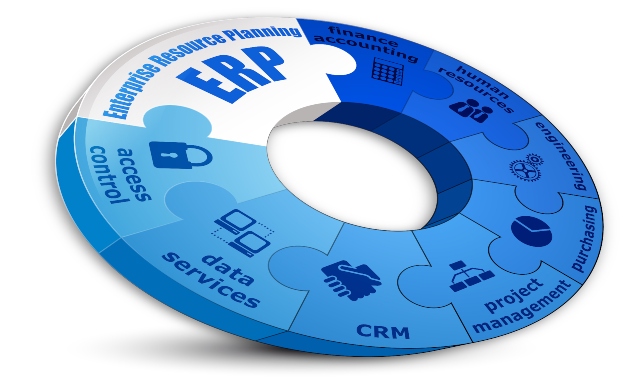Exploit Demand Planning to Forecast Dependent Requirements in SAP APO
Learn the process flow of an SAP Advanced Planning and Optimization (APO) forecast with bills of material (BOM). Follow a step-by-step procedure to release a forecast and interpret the results. Key Concept Demand Planning (DP) in SAP Advanced Planning and Optimization (SAP APO) helps to generate forecasts based on historical values. Forecasting is generally done...





